- The pros and cons of sleeping with pets
- Canine Spring Safety Tips
- Doggy Kennel vs. Pet Sitter for Holiday Travel
- Beaches, Boats, and Lake Safety
- Don’t Panic
- Digity Diggin’ Dog
- How To Calm Your k9
- How To Get Your Pup Doggone Tired
- How to have a happy (and safe) holiday with your dog
- Training dogs for fun and safety in the water
- Play Etiquette: Pups and Seniors
- Driving in Cars with Canines
- Water Safety for Fido
- Can’t we all just get along?
- Winter Couch Potato
- The Attack on the Plush Toys
- Top Dog
- Leash Lessons
- Can Dogs Understand Words?
- How to Train Your Dog on a Walk
- Play Tug-of-War Safely
- How to change the name of your adopted shelter dog
- Prevent excessive licking
- Take the Drag out of Your Walk
- Teaching Kids To Get Along with a New Dog
- Steve in Dog Fancy 2014
- Exercising With Your Dog
- Winter Holiday & Travel Tips
- Halloween Tips
- Valentines Day
- Animal Wellness Magazine
- Getting A Dog
- Fear of Noises
- Dog Anatomy
- First Aid Kit
- Puppy Vaccines
- Skunk Stink Removal
- Fleas and Ticks
- Mites and Digestion
- Resource
- Dogs Sleeping in the bed
Note: Steve’s part of the text in the magazine is usually in blue, but this time it appears in pink due to an editorial error.
| OVERWEIGHT DOGS
Just like people, dogs can become overweight-even obese. As a many as 1/3rd of all dogs are overweight. Excess pounds are hazardous to your dog’s health for many of the same reasons theyíre hazardous to our health: they can lead to heart problems, diabetes and a shortened lifespan. Sometimes people can overcome a weight problem without assistance. But if your dog weighs too much, heís going to need your help to get back in shape. Here are some of the reasons dogs become overweight: Getting your overweight dog back in shape requires a plan, and some changes in lifestyle. And it’s a good idea to consult with your veterinarian. Remember that effective weight control depends on reducing your dog’s food intake and increasing his exercise. But improving his diet is key-a better diet alone has more impact on your dog’s health than does exercise alone. How will you know when your dog has hit his ideal weight? Here are some signs: Some of the most effective weight control for your dog involves exercises both you and your pooch can do. EXERCISING WITH YOUR DOG Just like us, dogs need exercise. Exercise does the same things for dogs that it does for us: it keeps them healthy and happy. For dogs-and dog owners-there are even more benefits to a regular exercise routine: it helps to curb behavioral issues, like hyperactivity, aggression and destruction. When you exercise with your dog, you get a chance to bond with your pet and help to establish your leadership. BEFORE YOU START susceptible, but the condition can afflict any breed.
HOW MUCH EXERCISE? Puppies and senior dogs require roughly two 15 minute sessions per day. HOW TO STAY ON TRACK Here are some other tips for making your routine a habit:
WHAT TYPES OF EXERCISES? You’ve made the commitment to exercise with your dog. Find exercises that engage both of you, and it’ll be easier to keep that commitment. You’ve heard me say this before: “Like people, all dogs are different.” Remember that when you’re planning your dog’s exercise routine. Dogs of different breeds, ages, sizes and abilities require different levels and types of activities.
IF YOU GO TO A DOG PARK Before you take your dog to a dog park-or to any off-leash environment, even if it’s just the sidewalk in your neighborhood-be sure he knows Steve’s Four Commandments . Be aware of your dogís limitations, and what might set him/her off. You know that your kids are little angels, but you also know that if a scuffle breaks out on the playground, you have to be open to the idea that your little angel might have started it. Hard as it may be to believe, the same wisdom applies to your four-footed canine angel. SWIMMING IN A POOL EXERCISES FOR YOU AND YOUR DOG
THE 3-PACED WALKYou and your dog walk for 30 seconds, then jog for 30 seconds, then sprint for 30 seconds, then repeat.
BEFORE YOU START: Your dog should know Heel and how to walk properly BROOKS’ TIP: For an overall body effect and greater impact, move your arms as vigorously as you do your legs
SPRINTS
BENEFITS: Increased cardiovascular strength and endurance BEFORE YOU START: Your dog should know Heel and Stay BROOKS’ TIP: While your dog is sprinting and you are resting, work on breathing properly. While you’re moving, take long strides to have more of an impact on your leg muscles |
THE WEAVING GRAPEVINE
As you progress, reward dog every two lunges and then every four lunges. Increase the number of lunges between treats as you and your dog improve. BENEFITS: Strengthens and tones your inner thighs and butt
BROOKS’ TIP: Keep your knees in alignment with your feet, not ahead of them. To keep your balance, focus on something at eye level in front of you and don’t look down-at your feet or the ground. Breathe consistently for better cardiovascular effect
THE SHUFFLEYou shuffle sideways while your dog heels forward. BENEFITS: Increases your range of motion, particularly at the hip joint area; works the muscles of the inner and outer thighs; strengthens the ankles and knees. Based on your pace, can improve your cardiovascular endurance, too BEFORE YOU START: Your dog should know Heel. BROOKS’ TIP: Extend your arms straight out at shoulder level for some upper body involvement and shoulder muscle stimulus
RETRIEVE AND REPEATThrow a ball or dog toy that your dog can run, retrieve and return to you. Alternate throwing to the left and right to focus on both sides of your body. BENEFITS: Aerobic exercise thatís fun for both of you BEFORE YOU START: Be sure your dog wonít have to run into the street to retrieve what you throw, and make sure he knows Come and Stay. BROOKS’ TIP: To increase the aerobic intensityóand the fun factoró once your dog retrieves the ball runaway and have them chase you.
TUG O’WAR
NOTE: Not for all dogs! See BEFORE YOU START, below. BENEFITS: Strengthens your arms and shoulders BEFORE YOU START: Be certain that your dog is not aggressive; that he does not have a tendency to bite; that he knows and immediately obeys a “drop it” command BROOKS’ TIP: Use a rope long enough that your dog can’t accidentally bite your finger; do not lift your dog off the ground by the rope in his teeth
THE STAIRSYou and your dog run up a flight of stairs, run down, repeat. BENEFITS: Aerobic exercise for both of you BEFORE YOU START: Your dog should sit this one out if he’s overweight; if he’s a breed with short legs and/or a long back; if heís very young or very old; or if the stairs are in a public place and are crowded BROOKS’ TIP: If your dog gets tired and is good with a “Stay”. Let him rest at the top or bottom of the stairs while you complete our exercise
DOWN AND STAYPut your dog in a down and stay while you perform a set of cardiovascular exercises. He must maintain down and stay.
BEFORE YOU START: Your dog must master down and stay. BROOKS’ TIP: You can do jumping jacks, squats, squat jumps or even running in circles while the dog maintains a down and stay.
THE TWO DOG RACE
Place both dogs in a Stay, then run 25 yards or so away and stop. Face the dogs and yell “Come”. The first dog to Come and Sit (or Down) wins a BENEIFTS: Sprints for you, then a sprint for the dogs BEFORE YOU START: If your dog isnít safe off-leash, use a 20 or 25-foot leash and run only that distance away BROOKS’ TIP: Work on your breathing while the dogs are running
Frisbee is an classic activity that some some dogs really enjoy. Simply having your dog carry a toy or the owners purse can be an addition that leads to extra burned calories. For some older dogs you might try a food hunt, where, much like an easter egg hunt, you hide food through your yard. A good low impact exercise is dissecting a Kong toy sutff with a low calorie treat. These can be both mentally and physically challeges. Treadmills may be popular, but beware because they can be dangerous. If you put your dog on a treadmill, make sure you constantly monitor them. However, if you’re going to spend you time monitoring, you might as well spend some quality time with them and take them for a walk.
~ Steve Brooks K9U Family
|
|---|
Some Tips For The Holiday SeasonThe holidays are here again, and along with all the preparations, the question arises: What do you do with the family dog? For many of us, the house hound is a beloved part of the family and we can’t imagine excluding or leaving him or her behind. Here are a few helpful tips to help you and your Best Friend have a happy holiday season. Q: When deciding whether or not to take “Fido” along on a holiday gathering, what are the factors that should be considered in the decision? A: If you plan to celebrate at a house that is not your own, the first consideration is to simply ask your host if it’s ok to bring your dog. Some people forget this first rule of pet etiquette, which can ultimately lead to problems if the host or guests are inexperienced, afraid, allergic, or simply do not care for dogs. It’s also necessary to know whether the host has their own dogs or cats, and if so, are they indoor or outdoor? The house pet may be territorial. Even dogs that have met before get territorial over a variety of things, including food and water bowls, beds, hallways, yards, toys and bones. Some dogs get very protective over family members as well. If a dog is territorial or protective, they may act out aggressively, not only against the other dog, but against humans as well. Q: What if I host? A: If you are hosting guests at your house, it’s best to either pick up all the dog toys, bones, dog beds, food bowls etc., before the guests arrive, or alternatively, leave many dog toys and several water and food bowls out so each dog feels he has his share of the goodies. Q: What are the training fundamentals we should make top priority? A: I recommend that dogs understand and listen to the following five things. They are the foundation of what I teach all dogs in my care: These tips are also helpful: Q: How can I reduce the chances of doggy “potty accidents” during the holiday visit? A: If you are the guest and you think there is a chance your dog will urinate on the floor or jump on people and furniture, keep him on a leash. Remember, dogs are more apt to pee when they are in a new home, with new smells, and when they are excited. If you have a submissive dog and/or a dog that urinates when he gets excited, it’s best to keep the greetings mellow. It also helps to give the submissive or excited dog something to keep him busy when the doorbell rings. A stuffed training KONG toy, or a low value reward, like a hand full of dry kibble, should do the trick. Q: What should we consider if we have our dog stay with a friend? A: If you decide to have your dog stay with a friend, it’s important to consider if your dog and your friend are familiar with each other and if they get along. This is will make a doggy-sitting situation easier on your dog and your friend. Be prepared to supply your friend with food, supplies and any necessary medications during your dog’s stay. This will help keep your dog entertained and on a consistent diet and dosing regimen. Be sure to also leave the phone number of your vet in the event of an emergency. You also need to consider your friend’s house and environment for your dog. Is it a safe place and pet friendly? If not, pick a different friend to dog-sit or consider a kennel. If you are lucky, and a friend agrees to look after your dog while you are gone, it’s essential to have a conversation about the specific daily care and routine of your dog. Responsibilities and expectations should be set from the get go to protect your dog, and your friendship! Q: If we decide to board our dog, what features should we consider in selecting a kennel? A: No one dog is the same and this applies to kennels as well. The most important factor to evaluate is the staff’s qualifications for watching over your dog. Kennels can vary dramatically when it comes to social activity, safety and quality of care. Ask people you know and trust for referrals. Questions to ask include: Is there an outdoor play area for your dog? If necessary, do they administer medications, and if so, how do they track them? Can you drop off and pick up your dog at anytime, at your convenience, or only during certain hours? Additional Tips: Ask for a tour to ensure the facility is clean and the dogs are housed in safe enclosures. If you are denied the opportunity to see where the dogs are actually kenneled, go someplace else. Look closely at the pricing. Is it “all-inclusive” or “a la carte,” where additional fees are applied for each service? Carefully consider pricing policies and pick-up and drop-off hours. What looks like a bargain on the surface is often not when you start to add additional days and services. |
Q: If I want to keep my dog in the same room with us as we have holiday dinner, what’s my best strategy to keep his behavior in check? A: First, don’t let the dogs hang out under the table. It’s best if your dog has been trained and understands the concept of sit down and stay. If this is understood, your dog should be settled at the far end of the room, away from the table. If they stay, you can bring them a safe treat to reward them for staying seated at the end of the meal. If they won’t stay, try tying your dog to something away from the table. For dogs that bark, it helps to give them a stuffed KONG toy or stuffed marrowbone full of something sticky, like peanut butter or cream cheese to keep them busy while you eat. If these techniques are not effective, you should probably keep your dog in a kennel/crate, or another room. If they can’t handle that, they may be better off staying at home until they can be trained to master their social skills. Q: If time and distance permits during the holidays, how do I introduce my dog to new K9 rulers of the home where we will be spending the holiday? A: When it’s possible to familiarize your dog with another, it’s best to have them meet away from home on neutral turf. Once they are familiar then have them walk in the home together. It’s usually best to let the guest dog in first and the resident dog in second. It’s also a good idea to keep a slack leash on until you feel comfortable. It also helps to rub a rag on each of their genital areas and let each dog smell the other’s scent via a rag before you let them get close. Afterwards, you can keep the dogs on loose leash or behind a baby-gate until you are more comfortable to put them together. Q: If we are planning to take our dog on a plane, what do we need to know? A: If traveling by air, you will need a health certificate from your vet — if your dog is very stressed, you may want to ask your vet about some medications to relax your dog. For more mild stress, it’s good to go with a natural remedy like Rescue Remedy or light massage with a relaxing lavender scent on the neck and collar. Q: If we are planning to travel by car, what can we do to keep our dog the most safe and comfortable? A: If you are traveling in a car, the safest way for your dog to ride along is in a secured kennel/crate that won’t tip over. The next best is a doggie seat belt, or on the passenger seat floorboard with a leash on. If your dog is not used to traveling, or is prone to carsickness, it helps to not let them see out the side window during the ride. In addition, it’s best to not feed the dog before traveling. Most of the time, your dog is sick because of travel stress, not carsickness. To help your dog feel relaxed, it helps to use over-the-counter remedies like Rescue Remedy in the dog’s water prior to traveling. Just two drops will do the trick! Placing a few squirts of lavender mist or a few drops of lavender oil on their collar while massaging your dog is a good practice. Pairing the smell of lavender and massage several weeks before you travel gets your dog conditioned to the scent as a relaxant. In severe cases, you can always ask your vet about medications for carsickness. Don’t forget to put down some blankets and bring some towels and bags just in case. A little classical music can also help. For a more relaxing pack-up experience, you may want to keep your dog outside or in another room while you pack so they don’t get too excited. You may also want to leave your suitcases out a few days prior to your departure, so your dog doesn’t associate your bags with you leaving. Q: What are the most important items to bring when packing for a trip with my dog? A: The essentials include: medications, bowls, food, water, towels, blankets, treats, a favorite toy, a soft non-slip collar or head halter and regular 6-foot leash. It’s also good to have your dog tagged and micro chipped as a precaution. Bring a kennel/crate if possible, and poop bags for sure. Its also a good idea to bring a doggie first aid kit containing: Ace bandage or Vetwrap, Medical tape, Nonstick Pads, Cotton padding or other bandage padding, Betadine solution or other disinfecting solution, Benadryl, Antibiotic cream, Hydrocortisone cream, Hydrogen Peroxide. Also don’t forget your veterinarian’s and emergency centers phone number and address! Q: We look out for our dogs every day, but during the holidays additional risks can arise. What are some additional precautions we should consider? A: The holidays bring changes to the home whether we decide to stay home or travel. In celebration, we add a lot of new things to the household environment that can be festive for us, but a party-pooper for our pups. Be sure to steer your dog clear of these hazards. Holiday Plants & Decor Festive Foods Last but not least, don’t forget to have fun! Dogs are very sensitive to your emotions and during the holidays, many of us are stressed – and our dogs pick up on that. The calmer and happier state that you are in, the calmer and happier your dog will be. Be sure to have fun and your dog will too!
~ Steve Brooks K9U Family  |
|---|
GHOSTS, GOBLINS AND DOGS DON’T MIXHalloween can be scary and dangerous for your dog, and that can turn the holiday into a real nightmare for you. Here are some things to remember on All Hallow’s Eve-and the days and nights before and after: BEFORE HALLOWEEN1. PREPARE YOUR DOG FOR HALLOWEEN IN ADVANCE 2. PREPARE A PLACE FOR YOUR DOG TO HANG OUT ON HALLOWEEN 3. BEST DOG HALLOWEEN COSTUME: A TAG AND A MICROCHIP 4. SECOND-BEST DOG HALLOWEEN COSTUME: HIS FUR
|
ON HALLOWEENTRICK OR TREAT? KEEP AN EYE OUT FOR XYLITOL. KEEP AN EYE ON JACK KEEP HALLOWEEN DECORATIONS OUT OF YOUR DOGíS REACH KIDS: OUT. DOGS: IN. IF YOUR DOG GETS SICK, KNOW WHO TO CALL AFTER HALLOWEEN1. DON’T FORGET THE WRAPPERS Once all the Halloween candy is eaten, you and the kids forget about it. But your dog could find candy wrappers and packaging that could lead to choking or other injuries. Be sure to clear away all the Halloween debris as soon as your little goblins go to sleep! ~ Steve Brooks K9U Family |
|---|
A HAPPY AND SAFE VALENTINE’S DAY FOR YOU AND YOUR DOGValentine’s Day is just another day to your dog, but if you’re feeling the love and want to do something special for your best friend, here are some tips: REMEMBER THAT YOUR DOG IS A DOG, NOT A PERSON NOTHING SAYS I LOVE YOU LIKE FRESH BREATH Get your dog used to the idea of having your fingers in his mouth before you try to brush his teeth. For a few days, put a little peanut butter or cheese-snack on your fingertip, then rub it on his teeth. It won’t take long for him to look forward to this routine and he likely won’t resist when you replace the snack with the dog toothpaste. If you’d rather let a professional handle it, most veterinarians offer teeth cleaning services, both COSTUMES: SAVE THEM FOR HALLOWEEN-AND PEOPLE |
“LOVE IS A FLOWER,” JOHN LENNON SANG-BUT HE WASN’T SINGING TO A DOG Flowers can hurt your dog inside and out. Lilies can be fatal to dogs; if he eats them, your dog may develop vomiting, stomach upset, and diarrhea. If someone sends you a bouquet or arrangement that includes lilies, keep them out of your dog’s reach. Every rose has its thorn, and if your dog bites or steps on one, he could be in for more than just pain: puncture wounds can become infected. The American Society for the Prevention of Cruelty to Animals-the ASPCA-has a list of plants that are potentially toxic and/or fatal to dogs. CHOCOLATE: TEMPTING BUT TOXIC DON’T LET YOUR DOG PLAY WITH FIRE THAT’S A WRAP Happy Valentine’s Day from Steve and everyone at SteveBrooksK9U! |
|---|





How to calm a pet dog spooked by loud noisesA booming thunderstorm pealing across the horizon. The sudden pops and startling blasts of Roman candles, bottle rockets and M-80s on a warm evening in early July. The irritating rat-a-tat of a jackhammer piling its way through the pavement. While we are conditioned to accept or shrug off these noises as ordinary, everyday clamor, many dogs react to these strange and frightening sounds with whimpers, trembling or worse. Because dogs have such an acute sense of hearing, it’s natural for some dogs to respond fearfully to such stimuli, say the experts. “This is extremely common, because your pet usually sits at home in a nice, quiet house most of the time,” said Babette Gladstein, VMD, New York, N.Y. “The response is common in pets with separation anxiety. Sometimes it is traced back to a bad experience. Also, if the owner is nervous about loud noise and storms, the animal may be as well.” From a dog’s point of view, an event like the Fourth of July “sounds like the sky is falling down. Why wouldn’t they be scared?” said Jules Benson, BVSs, MRCVS, director of veterinary services for Petplan, a national pet health insurance company, and staff veterinarian at Doylestown Animal Medical Clinic, Doylestown, Pa.
The news behind the noiseFear of loud noises may actually be a learned, reinforced response that worsens over time, Gladstein said. “We may condition them to this response by comforting them. Therefore, they get attention when acting fearful.” Some dogs not only have more sensitive ears, but also more sensitive personalities for reasons that scientists don’t understand, said Justine A. Lee, DVM, associate director of veterinary services, Pet Poison Helpline, Bloomington, Minn. Steve Brooks, CPDT (certified pet dog trainer), based in Los Angeles, Calif., trainer of the winning dog – a boxer named Presley – on “Greatest American Dog,” a reality TV show that aired on CBS last summer, said that two reasons are at the root of noise-provoking fears in dogs: innate and learned behaviors. “The former derives from genetics and is harder to fix, while the latter is from the dog’s environment,” Brooks said. Learned behaviors like fear of loud sounds may arise “if the dog didn’t get proper and early socialization and exposure to different environments as a puppy. A dog that is also clingy and overattached to its owner may exhibit insecurity problems like these, too.”
Signs of a petrified pooch
Gladstein, Benson and Lee said that common behavioral symptoms associated with noise anxiety may include:
Rx for RexLee said veterinarians often prescribe medications that, when used as directed, can help during an anxiety episode due to noise. “The most common drug prescribed is acepromazine, a nonaddictive sedative that is really good, but doesn’t do anything to relieve the anxiety,” Lee said. “It can be used in young to middle-aged dogs and in certain breeds of older dogs, but it’s not recommended for dogs with any underlying heart or blood pressure problems.” A newer medication gaining in popularity is oral valium, an anxiolytic drug that can actually decrease canine anxiety, Lee said. Like acepromazine, valium is reasonably safe, but it can cause liver complications when used in large or frequent doses. “Any medication used to calm a dog is best given at least 30 to 60 minutes before the loud noises start,” Benson said. “It can be useful to confine your dog in a dark room as far from the noise as possible.” |
Like many vets and dog experts, however, Gladstein is not a fan of drugs to treat doggie noise phobias. “Medicating your pet can actually make its fears worse,” Gladstein said. Sedated pets “still experience the noise, but physically can’t react. This continues the cycle and the need for drugs. Prescription drugs should be used only with behavior modification programs under the supervision of a trained veterinarian.” Instead of prescribed drugs, Brooks touts herbal remedies, including lavender oil, geranium scent, chamomile, peppermint extract and a product called D.A.P. – dog appeasing pheromone – that can help to relax dogs. “Having a trainer or behavioral specialist work with your pet is the best way to approach this from a behavioral point of view,” Benson said, adding that certain dogs such as collies and sheep dogs (the herding breeds) are particularly sensitive to harsh noises.
Massage the messageBrooks recommends massage therapy to condition your dog to relax during a loud event. Try the following tips: Get your dog to lie on its side and give it a thorough massage. As you massage, let your dog smell lavender oil, which can induce a calming effect. Repeat this practice once a day over a few days. Obtain a “sound effects” CD that plays noises like a rainstorm or fireworks. Play the CD at low volume while giving the massage and letting your dog sniff lavender oil. Gradually turn up the volume every few days.
The next time a loud event occurs in the neighborhood, such as a thunderstorm, massage your dog and bring the lavender oil up to its nose. Instead, try to ignore the behavior; act happily and fearlessly. Praise and reward the dog with a treat when it displays signs of confidence and noise tolerance.
Gladstein also advises these steps:Instead of a sound effects CD, introduce a white noise of some kind (a noisy fan, for example), the volume of which you can gradually increase over time to desensitize your dog.
Try counterconditioning: If your dog enjoys a car ride, take it for a spin during a loud event so that it associates the noise with something it likes to do. Consider alternative forms of therapy, including acupuncture and chiropractic treatments.
Forecasting future fearsIt is possible for dogs to outgrow these fears if you work with them regularly, Lee said. “But the truth is that some dogs will always need some form of medical or behavioral therapy to cope with these issues.” In this event, the upside of your dog getting older is that “sometimes, as a dog becomes deafer with age, the noises don’t affect them because they just can’t hear as well,” Benson said. Brooks said the key to preventing behavioral problems like noise anxiety is to start as early as possible. That means the next time you get a puppy, introduce it to various sounds, people and environments and train it to follow basic commands like “sit,” “stay,” “come” and “don’t pull” on the leash.
By Erik J. Martin for WebVetReviewed by Susan E. Aiello, DVM, ELS, and John A. Bukowski, DVM, MPH, PhD |
|
|---|
Puppy Vaccination and Socialization Should Go TogetherCommon questions I receive from puppy owners, dog trainers and veterinarians concern: 1) Whatis the most favorable age or period of time when puppies learn best? Puppies begin learning at birth and their brains appear to be particularly responsive to learning and retaining experiences that are encountered during the first 13 to 16 weeks after birth. This means that breeders, new puppy owners, veterinarians, trainers and behaviorists have a responsibility to assist in providing these learning/socialization experiences with other puppies/dogs, with children/adults and with various environmental situations during this optimal period from birth to 16 weeks. Many veterinarians are making this early socialization and learning program part of a totalwellness plan for breeders and new owners of puppies during the first 16 weeks of a puppy’s life — the first 7-8 weeks with the breeder and the next 8 weeks with the new owners. Thissocialization program should enroll puppies from 8 to 12 weeks of age as a key part of anypreventive medicine program to improve the bond between pets and their people and keep dogsas valued members of the family for 12 to 18 years. To take full advantage of this early special learning period, many veterinarians recommend that new owners take their puppies to puppy socialization classes, beginning at 8 to 9 weeks of age. At this age they should have (and can be required to have) received a minimum of their first series of vaccines for protection against infectious diseases. This provides the basis for increasing immunity by further repeated exposure to these antigens either through natural exposure in small doses or artificial exposure with vaccines during the next 8 to 12 weeks. |
In addition the owner and people offering puppy socialization should take precautions to have the environment and the participating puppies as free of natural exposure as possible by good hygiene and caring by careful instructors and owners. Experience and epidemiologic data support the relative safety and lack of transmission of disease in these puppy socialization classes over the past 10 years in many parts of the United States. In fact; the risk of a dog dying because of infection with distemper or parvo disease is far less than the much higher risk of a dog dying (euthanasia) because of a behavior problem. Many veterinarians are now offering new puppy owners puppy socialization classes in their hospitals or nearby training facilities in conjunction with trainers and behaviorists because they want socialization and training to be very important parts of a wellness plan for every puppy. We need to recognize that this special sensitive period for learning is the best opportunity we have to Are there risks? Yes. But 10 years of good experience and data, with few exceptions, offers veterinarians the opportunity to generally recommend early socialization and training classes, beginning when puppies are 8 to 9 weeks of age. However, we always follow a veterinarian’s professional judgment, in individual cases or situations, where special circumstances warrant — Robert K. Anderson DVM
|
|---|
Click Any Image Below to Enlarge




Click Any Image Below to Enlarge



Click Any Image Below to Enlarge




Exciting changes and more coming soon…
You can trust the Resources section on SteveBrooksK9U.com as a trusted resource for valuable tips, articles and other lifestyle information. Our goal is to help you and your pet live a happier, healthier and more rewarding life. We’re not just dog trainers, we’re “You and Your Dog’s Best Friend.” Feel free to bookmark this page and I hope you’ll visit here often for all the latest changes and updates.
For even more tips, pet news and information on Steve Brooks, visit our Steve in the Media section.
Sincerely,
![]()
Steve Brooks, CPDT

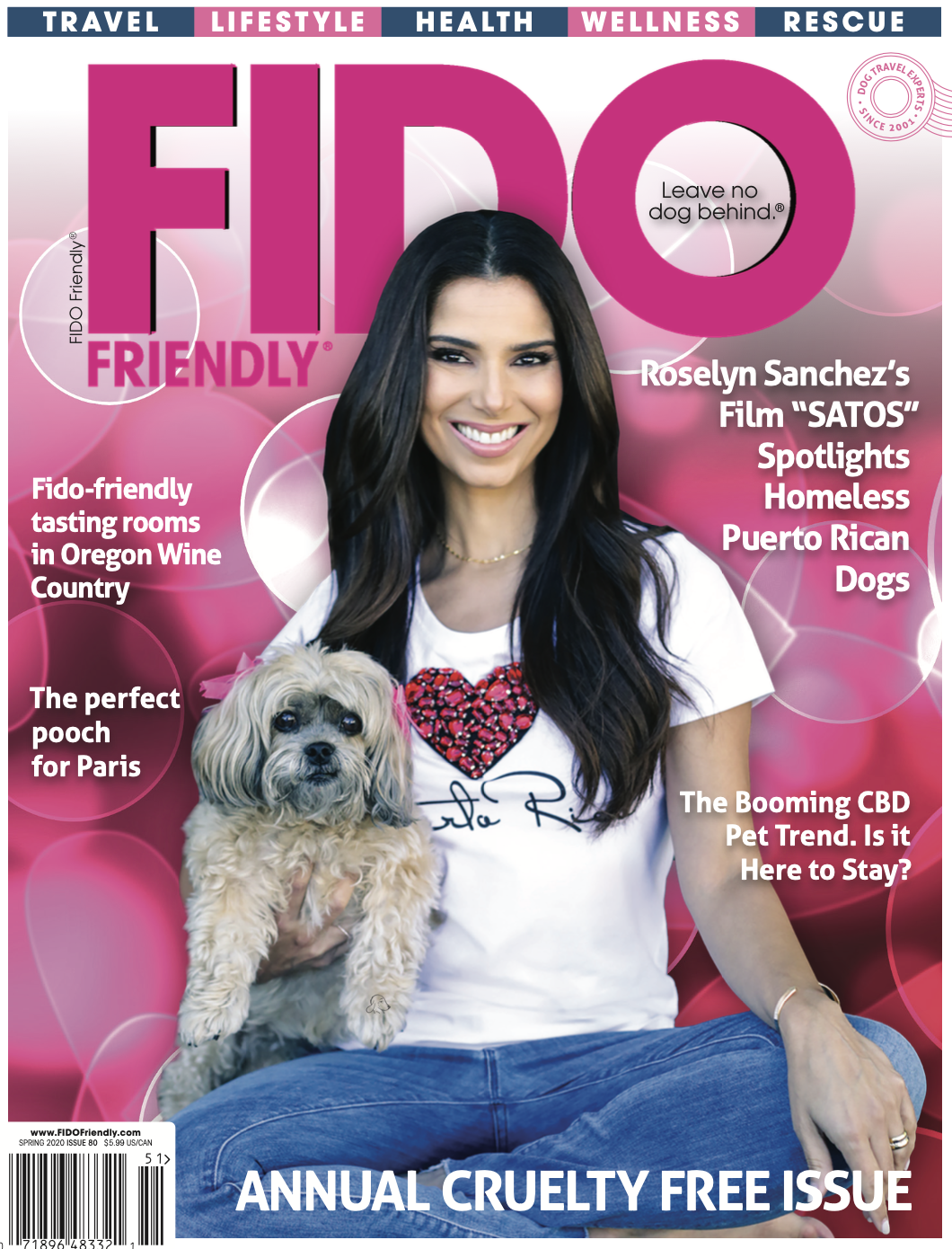
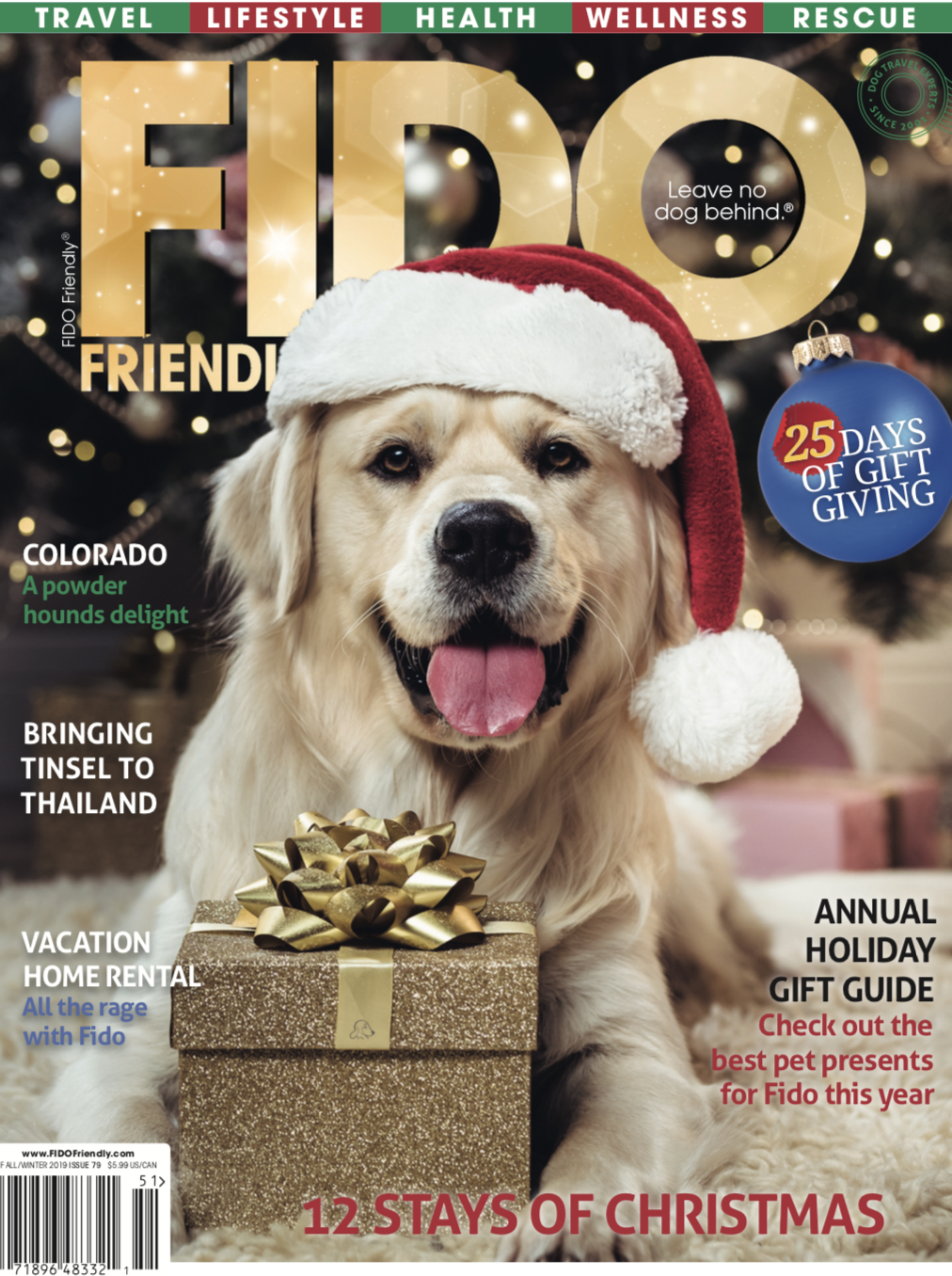
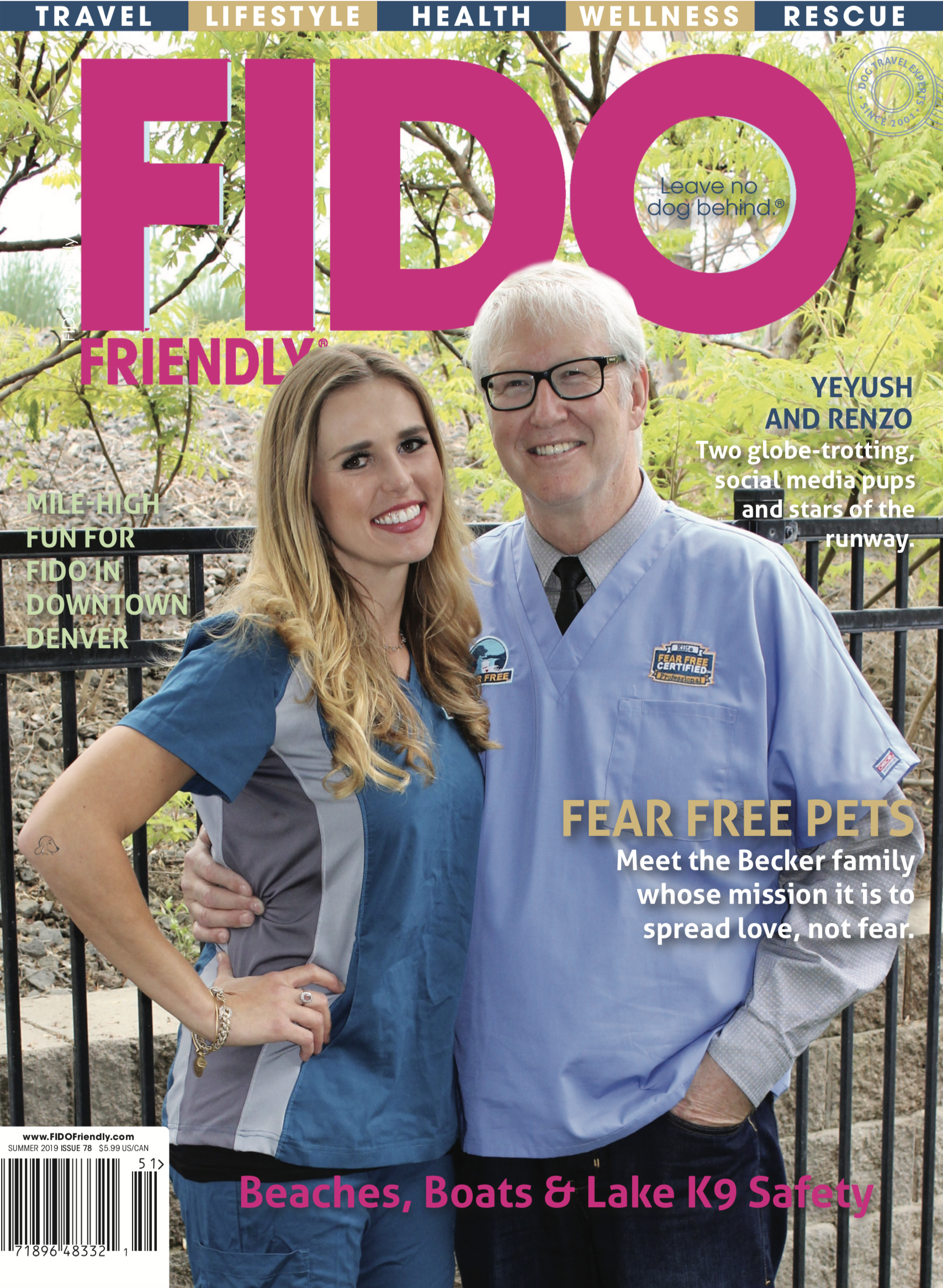
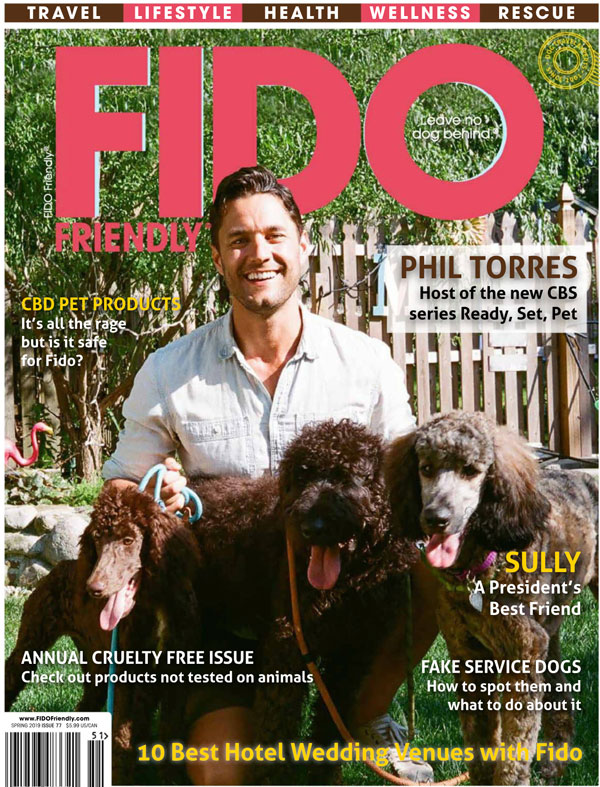
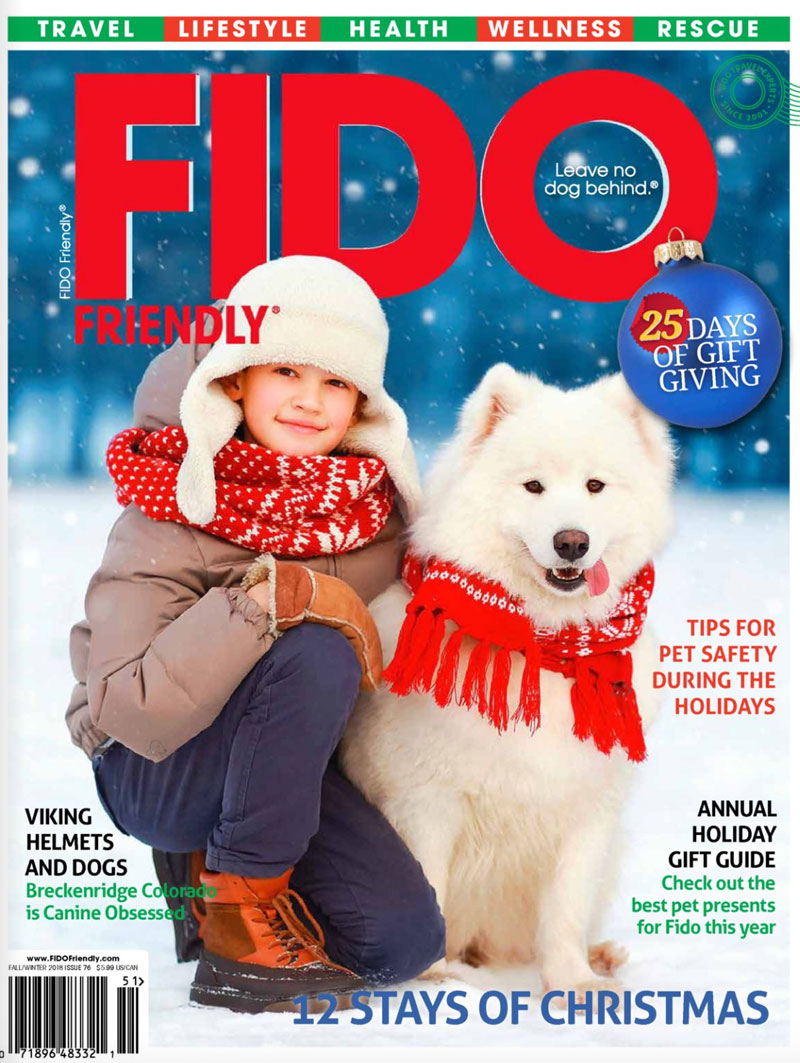
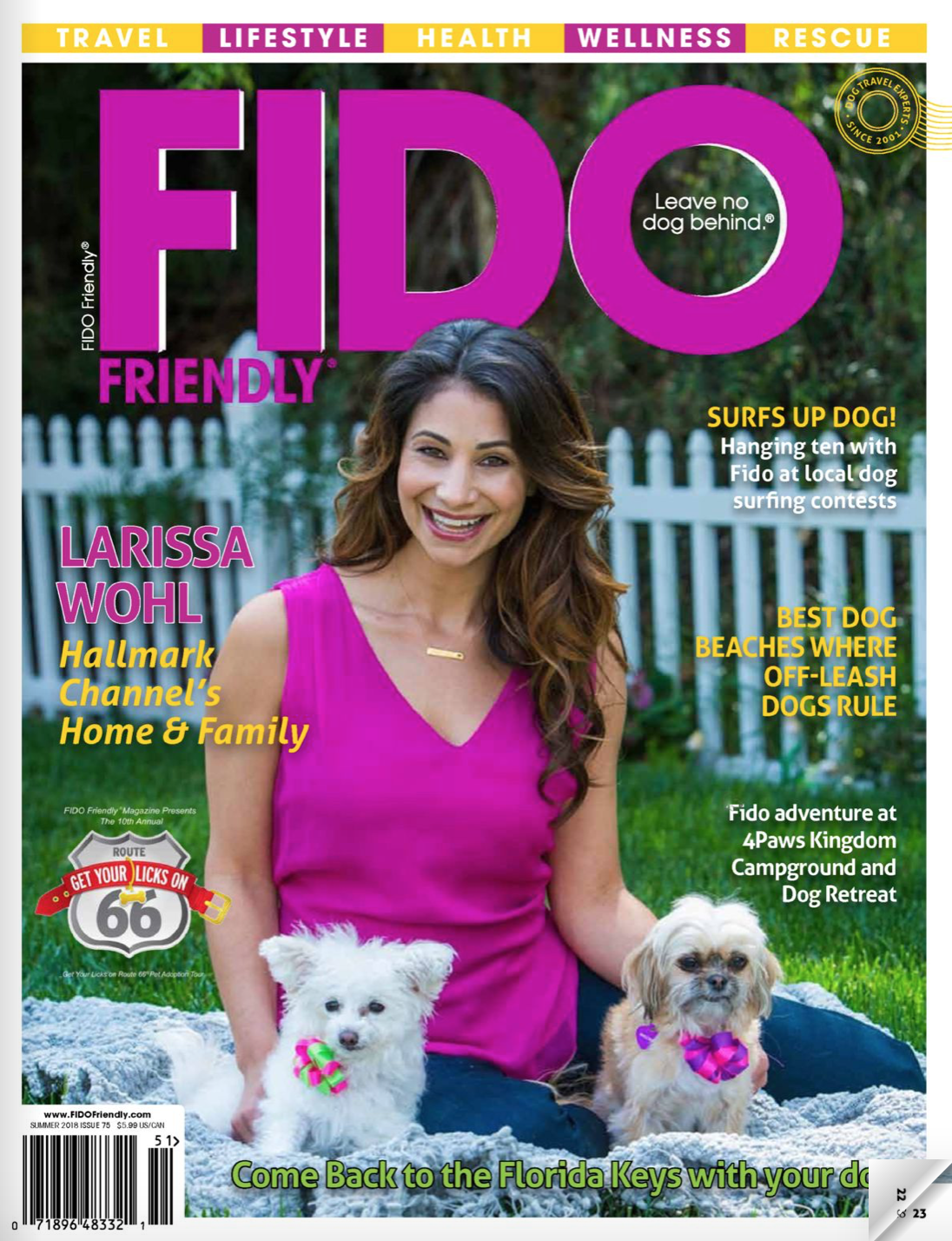
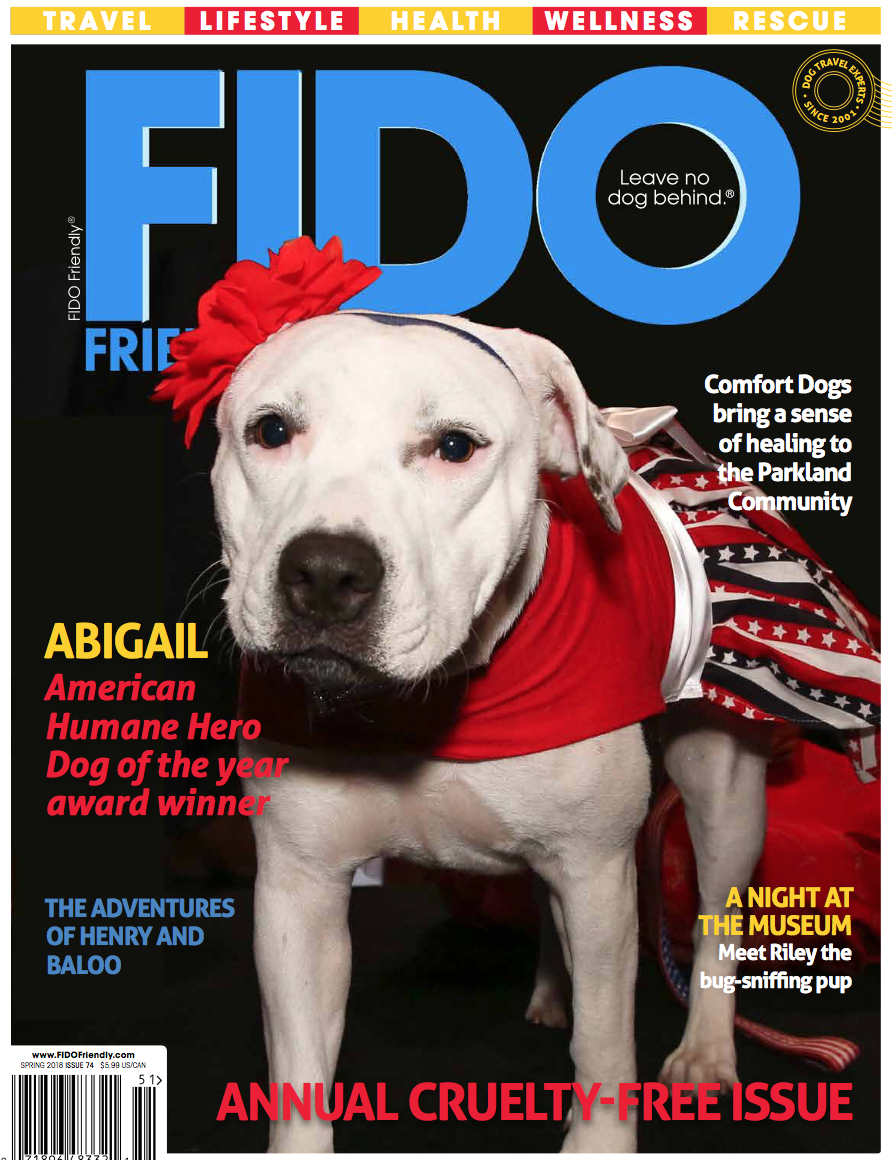
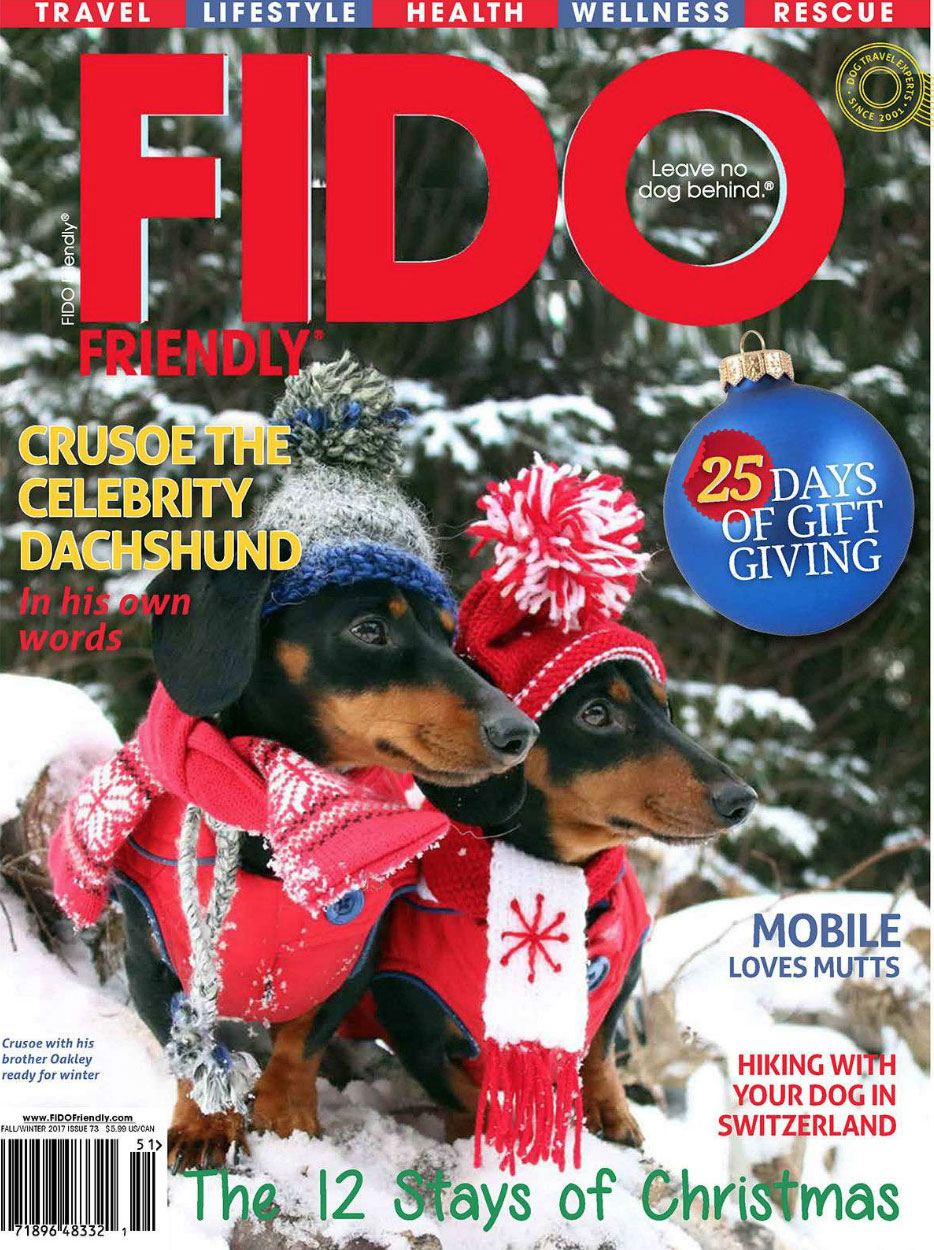
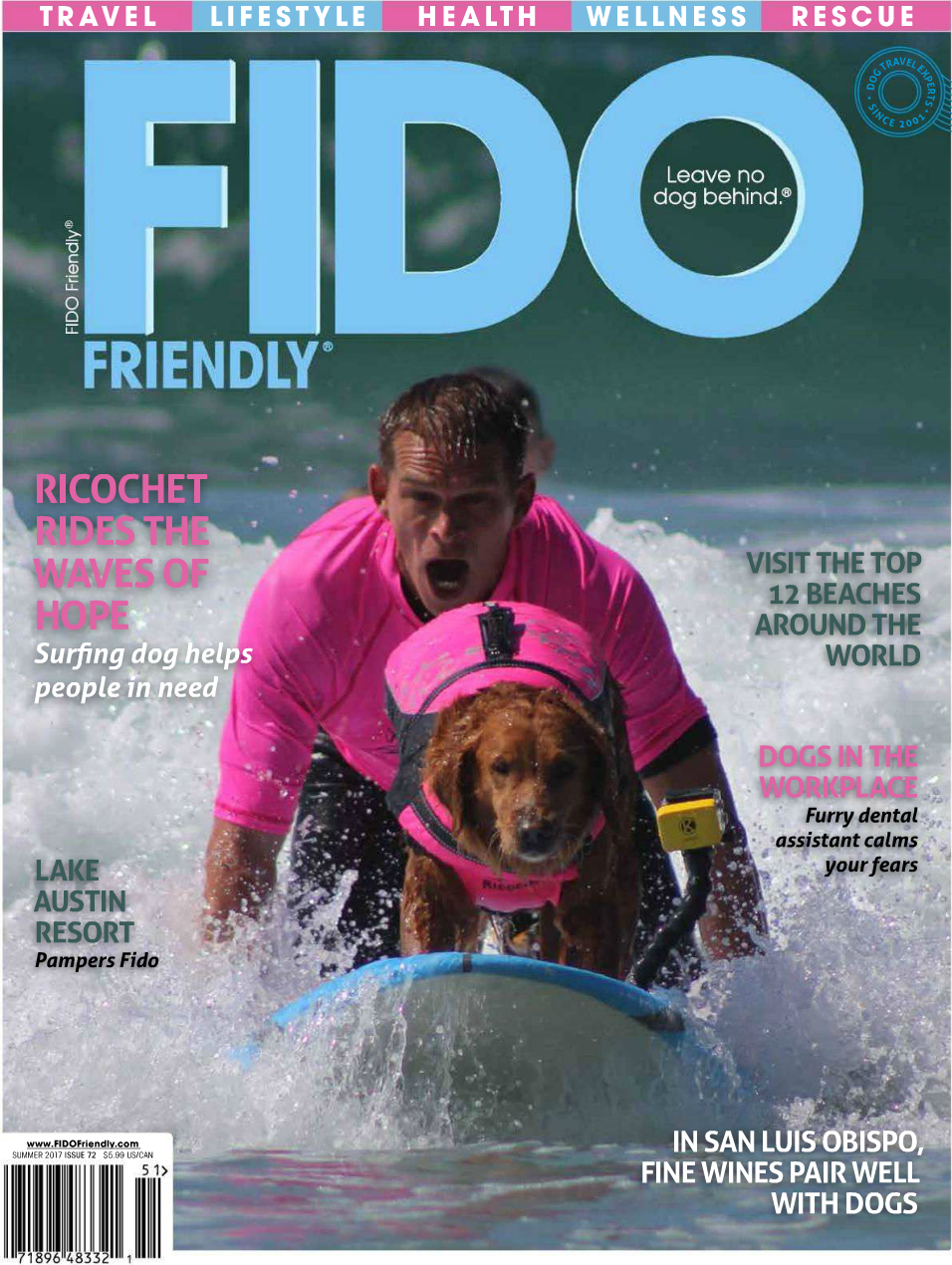
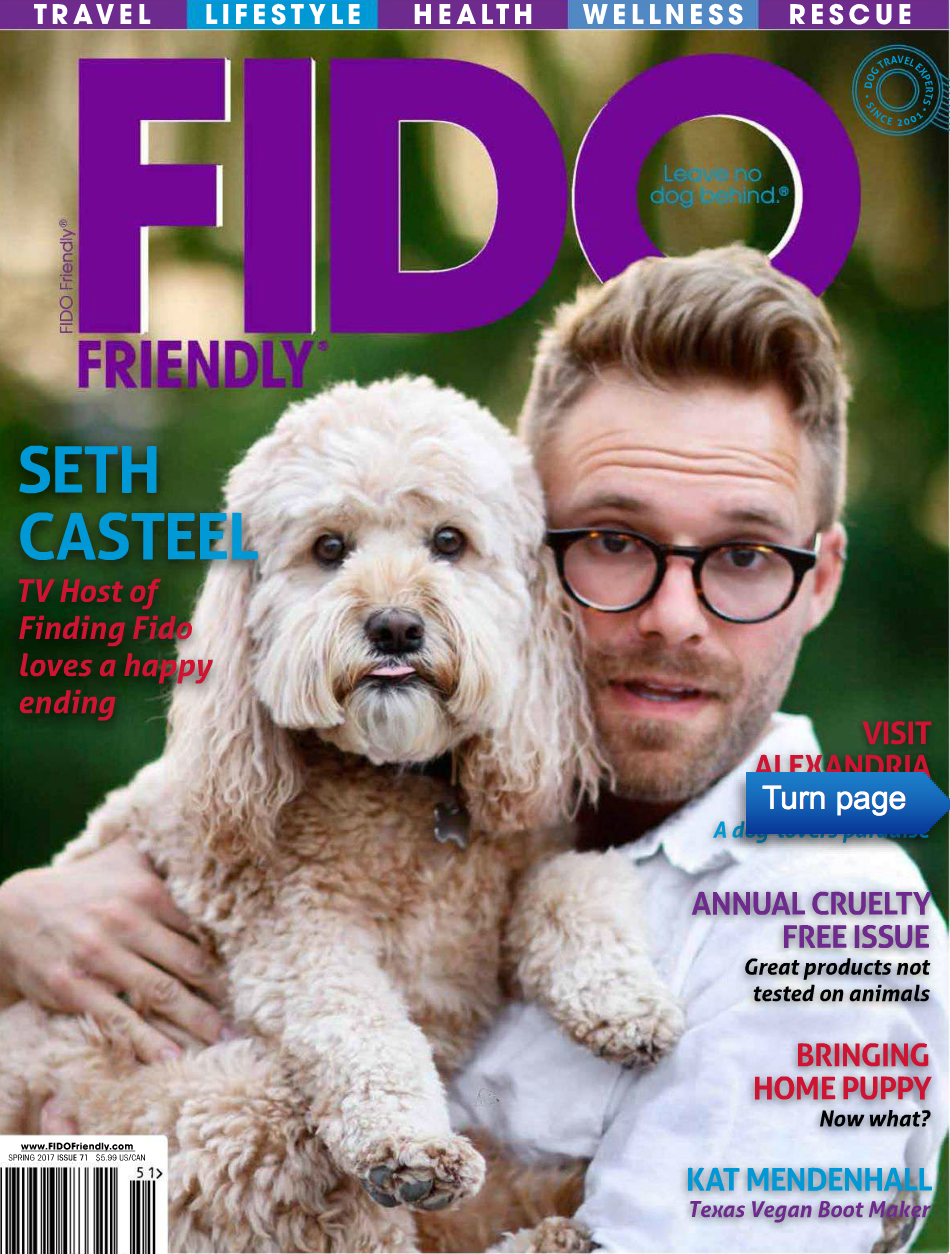
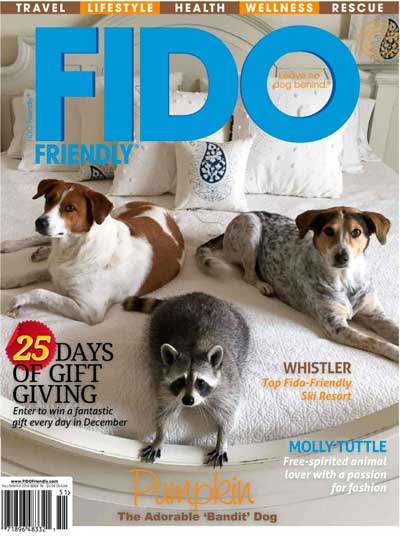

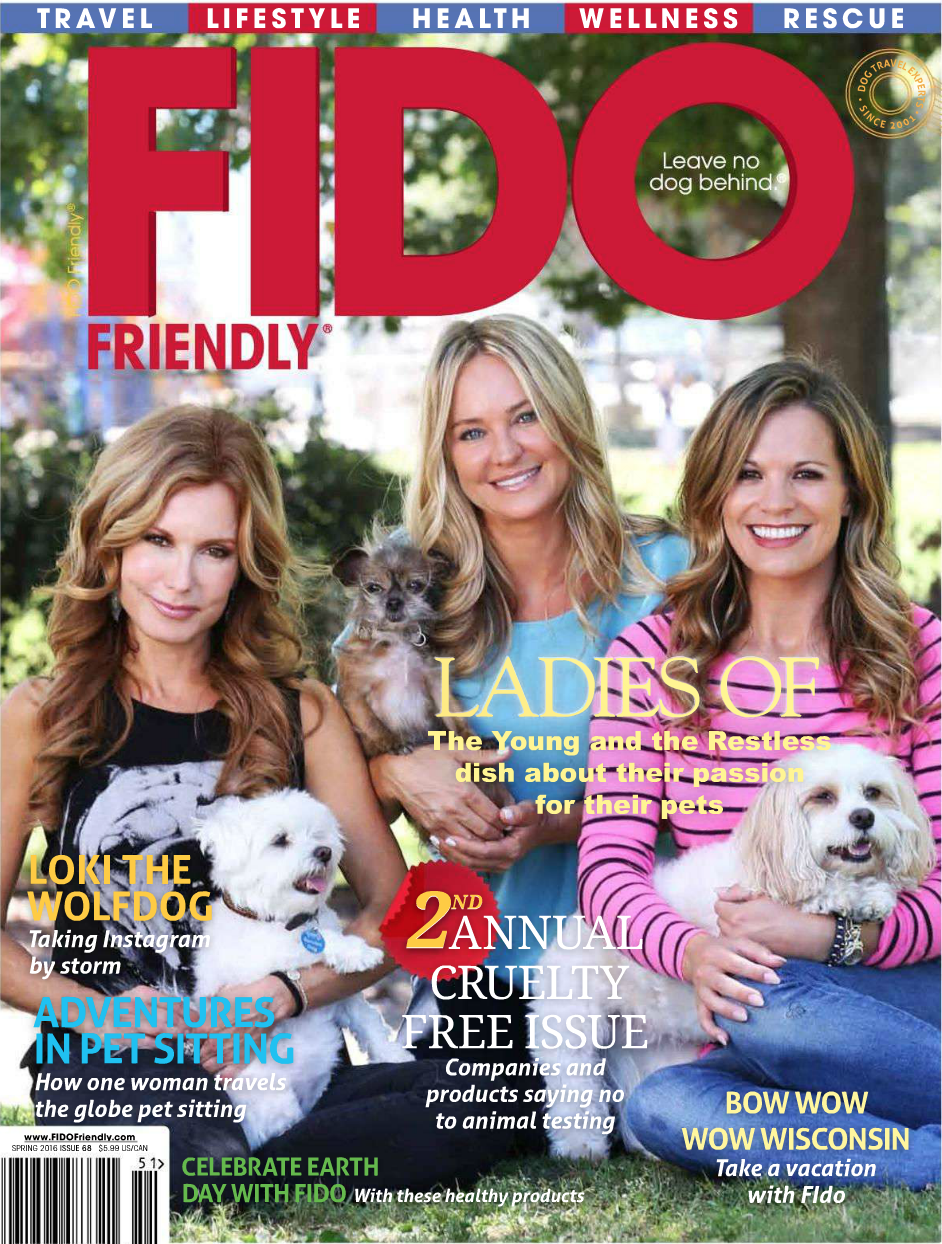
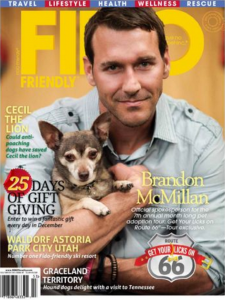
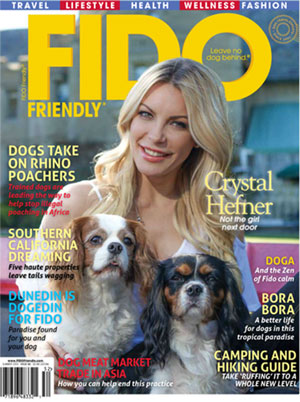

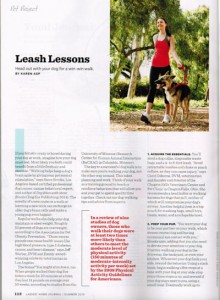
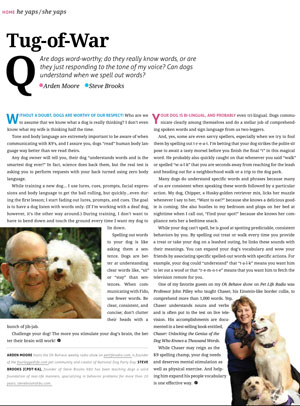
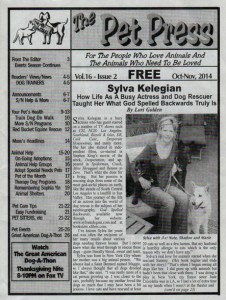
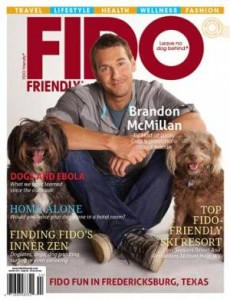
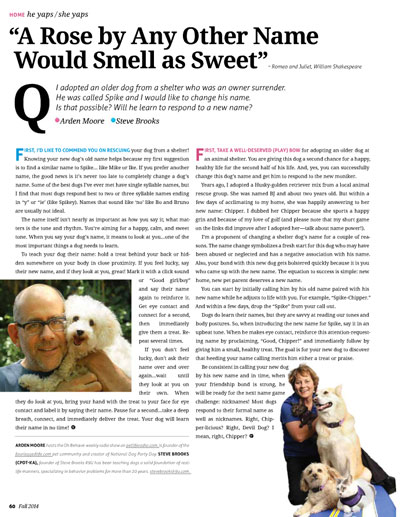
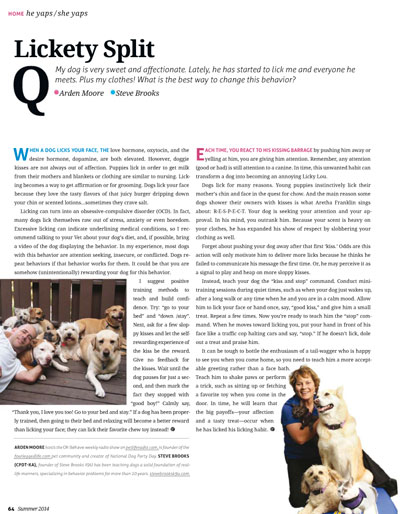
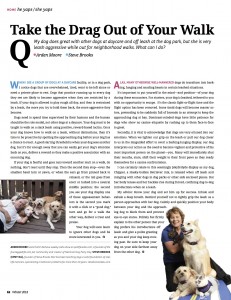
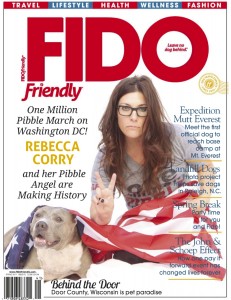
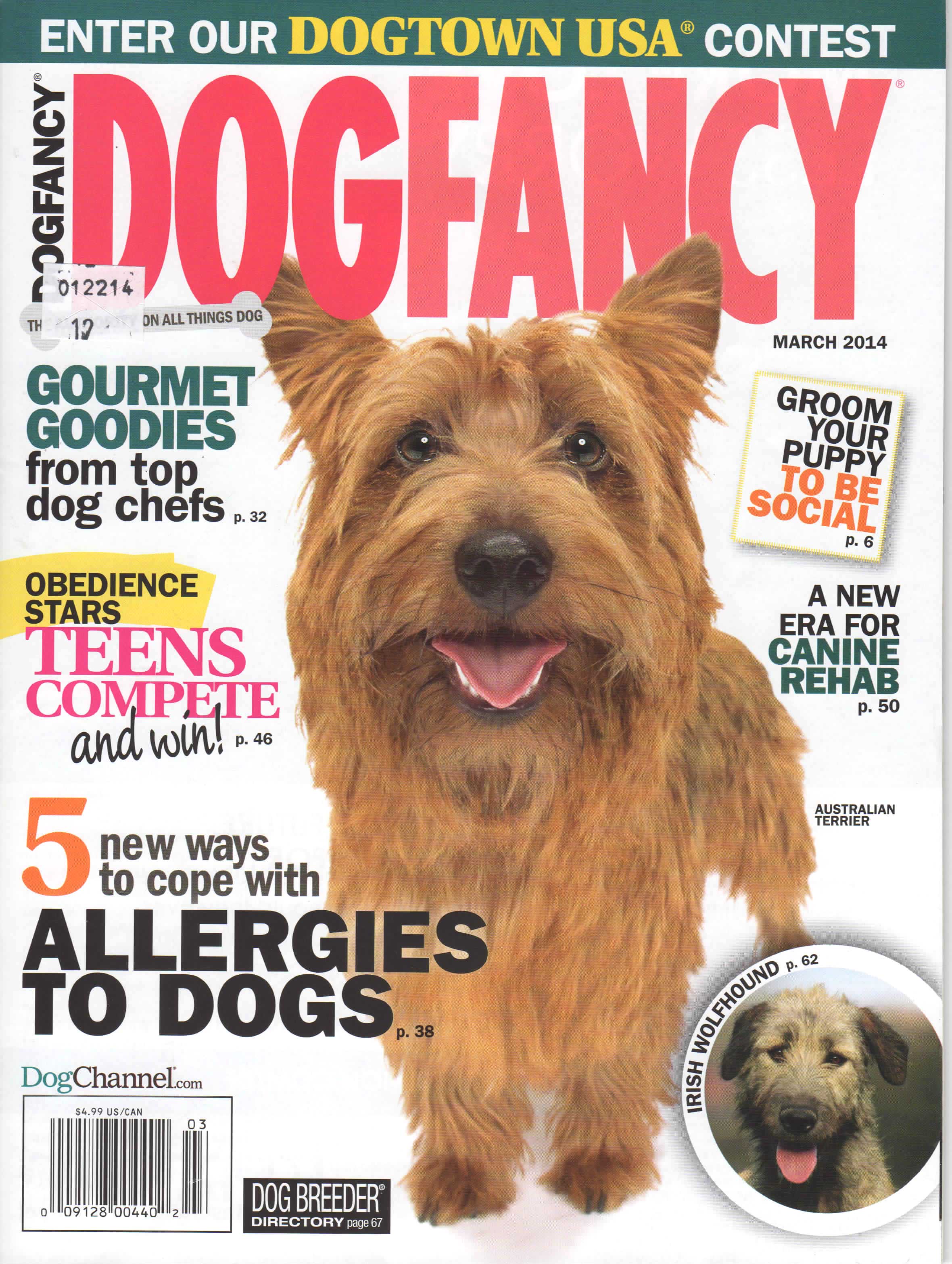
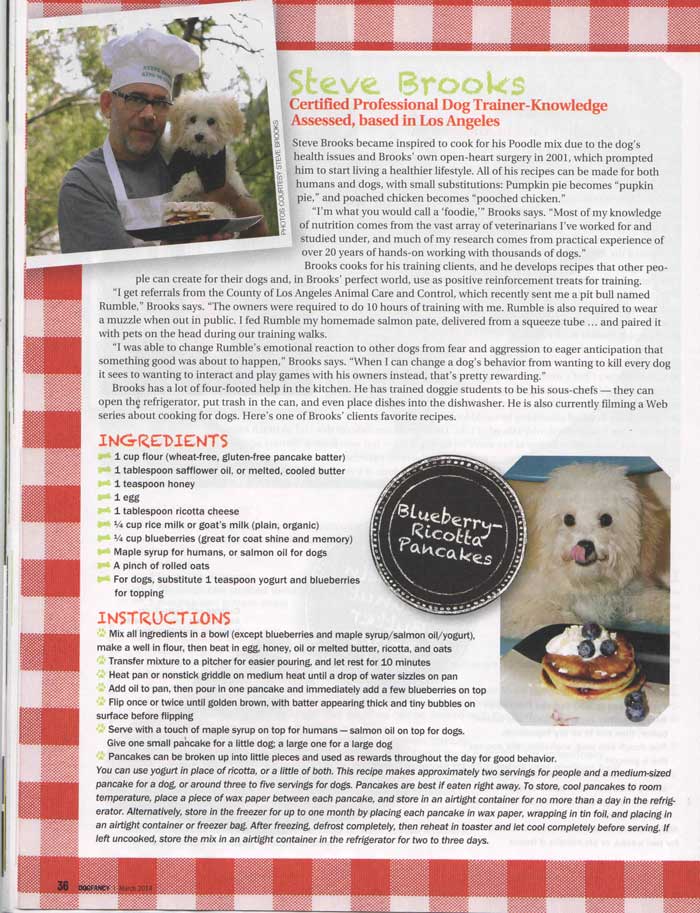
 BENEFITS: Aerobic conditioning; strengthens the heart and lungs, boosts metabolism so it burns more calories on a daily basis (the more frequently you do this, the greater the effect over time)
BENEFITS: Aerobic conditioning; strengthens the heart and lungs, boosts metabolism so it burns more calories on a daily basis (the more frequently you do this, the greater the effect over time)  You sprint to a nearby tree and call to your dog to Come. When he’s midway to reaching you, yell “Down” and Stay Then, do some jumping jacks or squats. Your dog should remain in the Stay. Release the dog on your terms and repeat.
You sprint to a nearby tree and call to your dog to Come. When he’s midway to reaching you, yell “Down” and Stay Then, do some jumping jacks or squats. Your dog should remain in the Stay. Release the dog on your terms and repeat.  You perform walking lunges while your dog weaves through your legs. Start with a small handfull of treats in each hand. Step forward into a lunge. Guide dog through legs and reward dog with kibble each step.
You perform walking lunges while your dog weaves through your legs. Start with a small handfull of treats in each hand. Step forward into a lunge. Guide dog through legs and reward dog with kibble each step. BEFORE YOU START: Be sure your dog knows what youíre doing and what you want him to do, or youíll end up on the ground
BEFORE YOU START: Be sure your dog knows what youíre doing and what you want him to do, or youíll end up on the ground  BENEFITS: Your dog learns self control which could save his life, while you work your cardiovascular fitness.
BENEFITS: Your dog learns self control which could save his life, while you work your cardiovascular fitness.  Once you and your dog get the hang of your regular routine, you can get creative and add some new exercises, like Doggie Pushups: Command your dog to Sit. Then issue a Down command. Keep the repetitions to a maximum of 4 or 5, otherwise your dog may become confused and frustrated. Take a break, then repeat.
Once you and your dog get the hang of your regular routine, you can get creative and add some new exercises, like Doggie Pushups: Command your dog to Sit. Then issue a Down command. Keep the repetitions to a maximum of 4 or 5, otherwise your dog may become confused and frustrated. Take a break, then repeat. Freestyle dancing and good old fashioned stretching are also fun and effective elements of any workout-for you and your dog.
Freestyle dancing and good old fashioned stretching are also fun and effective elements of any workout-for you and your dog.




